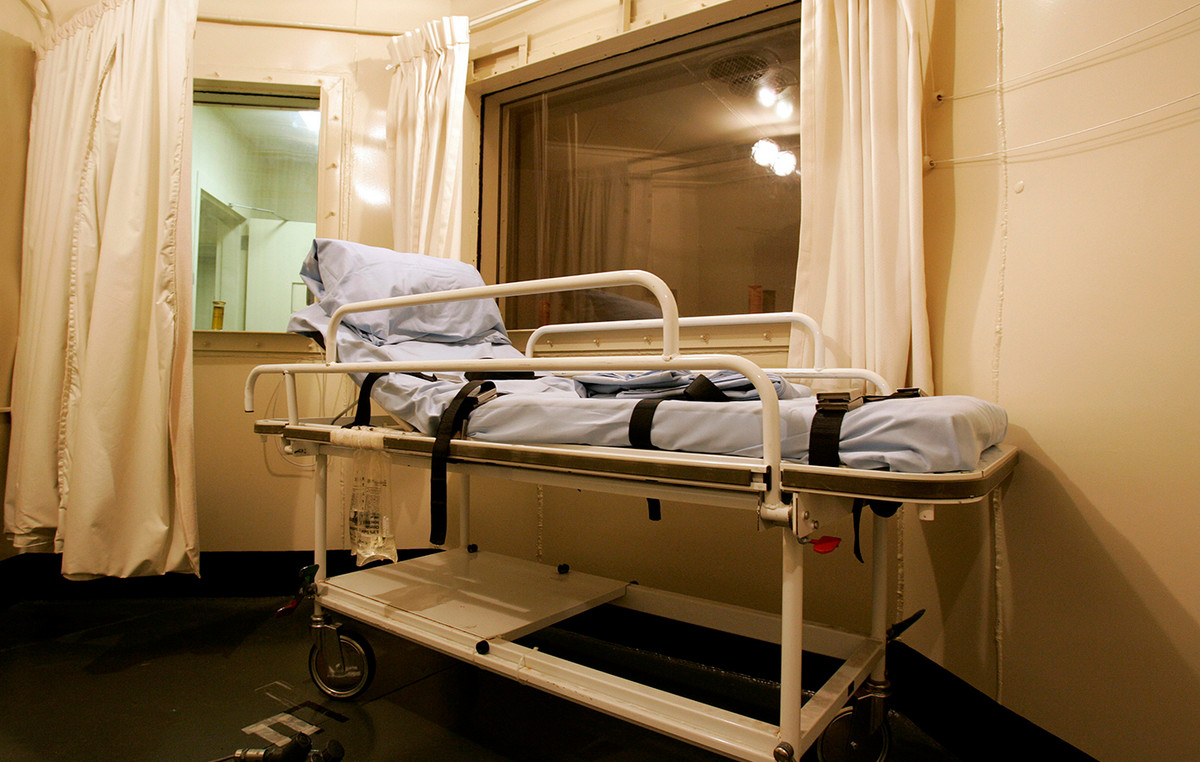- The Euro succumbs to the strength of the Dollar.
- Stock markets in Europe open Tuesday’s session on the defensive.
- EUR/USD retreats to new yearly lows around 1.0460.
- The Dollar Index DXY advances to new highs above the 107.00 level.
- JOLTS job openings will focus investors’ attention later in the session.
The Euro (EUR) accelerates its losses against the US Dollar (USD), dragging EUR/USD to the zone of new annual lows around 1.0460 on Tuesday.
Meanwhile, the Dollar’s upward move remains anything but subdued for another session, surpassing the 107.00 barrier when measured by the DXY Dollar Index for the first time since late November 2022. The index has entered its twelfth consecutive week of earnings.
The outlook for monetary policy remains unchanged, as investors maintain their expectation of a 25 basis point (bp) interest rate hike by the Federal Reserve (Fed) before the end of the year. Simultaneously, discussions persist in the markets about a possible interruption of monetary policy adjustments in the European Central Bank (ECB), despite the fact that inflation levels exceed the entity’s objective and the growing concern about a possible recession. or even stagflation in the region.
The lack of data publication on the eurozone agenda leaves attention to the publication of the JOLTS job offers for the month of August and the US IBD/TIPP economic optimism index.
Daily summary of market drivers: The Euro continues to be pressured by the purchase of Dollars
- The Euro extends its decline against the Dollar.
- Yields in the US and Germany look slightly bullish on Tuesday.
- Markets anticipate a new rate hike by the Fed before the end of the year.
- Investors expect a stagnation in the tightening of the ECB’s monetary policy.
- The RBA left the OCR unchanged at 4.10%, as expected.
- Concerns about foreign exchange intervention remain strong around USD/JPY.
Technical Analysis: Next downside target emerges at 1.0290
EUR/USD faces increasing selling pressure and hits new yearly lows in the 1.0460-1.0455 region on Tuesday.
To the downside, the continuation of the downtrend should lead EUR/USD to find next support at the round 1.0300 level before minor support at the Nov 30, 2022 low at 1.0290 and the Nov 21 low of 2022 at 1.0222.
In case of occasional bullish attempts, the pair should find the next bullish barrier at the September 12 high at 1.0767, before reaching the crucial 200-day SMA at 1.0825. If the pair breaks this level, it could challenge the August 30 high at 1.0945 and the psychological barrier of 1.1000. Breaking the latter could lead the pair to test the August 10 high at 1.1064 before the July 27 high at 1.1149 and the 2023 high at 1.1275 seen on July 18.
As long as EUR/USD remains below the 200-day SMA, there is a possibility of more negative pressure.
Frequently asked questions about the Euro
What is the Euro?
The Euro is the currency of the 20 countries of the European Union that belong to the euro zone. It is the second most traded currency in the world, behind the US dollar. In 2022, it accounted for 31% of all foreign exchange transactions, with an average daily volume of more than $2.2 trillion per day.
EUR/USD is the most traded currency pair in the world, accounting for an estimated 30% of all transactions, followed by EUR/JPY (4%), EUR/GBP (3%) and EUR/AUD (2% ).
What is the ECB and how does it influence the Euro?
The European Central Bank (ECB), headquartered in Frankfurt, Germany, is the reserve bank of the euro zone. The ECB sets interest rates and manages monetary policy
The ECB’s main mandate is to maintain price stability, which means controlling inflation or stimulating growth. Its main instrument is to raise or lower interest rates. Relatively high interest rates – or the expectation of higher rates – tend to benefit the Euro and vice versa.
The Governing Council of the ECB takes monetary policy decisions at meetings held eight times a year. Decisions are made by the heads of the eurozone’s national banks and six permanent members, including ECB President Christine Lagarde.
How do inflation data influence the value of the Euro?
Eurozone inflation data, measured by the Harmonized Index of Consumer Prices (HICP), are important econometric data for the euro. If inflation rises more than expected, especially if it exceeds the 2% target set by the ECB, it is forced to raise interest rates to bring it back under control.
Relatively high interest rates compared to their peers tend to benefit the Euro, as it makes the region more attractive as a place for global investors to park their money.
How do economic data influence the value of the Euro?
Data releases measure the health of the economy and can influence the Euro. Indicators such as GDP, manufacturing and services PMIs, employment and consumer sentiment surveys can influence the direction of the single currency.
A strong economy is good for the Euro. Not only does it attract more foreign investment, but it may encourage the ECB to raise interest rates, which will directly strengthen the Euro. Conversely, if economic data is weak, the Euro is likely to fall.
The economic data for the four largest economies in the eurozone (Germany, France, Italy and Spain) are especially significant, as they represent 75% of the eurozone economy.
How does the trade balance affect the Euro?
Another important release for the euro is the trade balance. This indicator measures the difference between what a country earns from its exports and what it spends on imports during a given period.
If a country produces highly sought-after export products, its currency will appreciate due to the additional demand created by foreign buyers wishing to purchase these goods. Therefore, a positive net trade balance strengthens a currency and vice versa for a negative balance.
Source: Fx Street
I am Joshua Winder, a senior-level journalist and editor at World Stock Market. I specialize in covering news related to the stock market and economic trends. With more than 8 years of experience in this field, I have become an expert in financial reporting.







